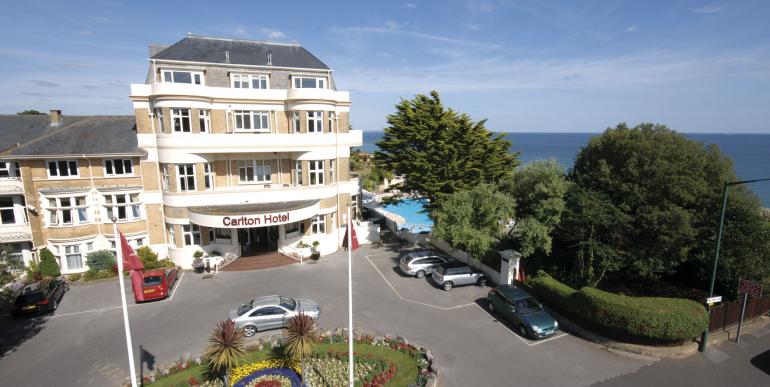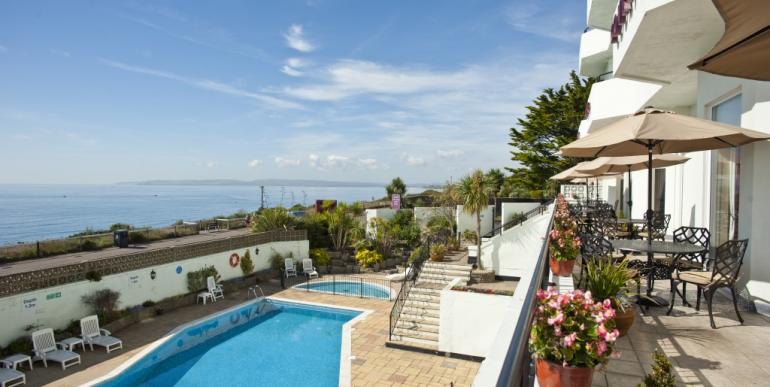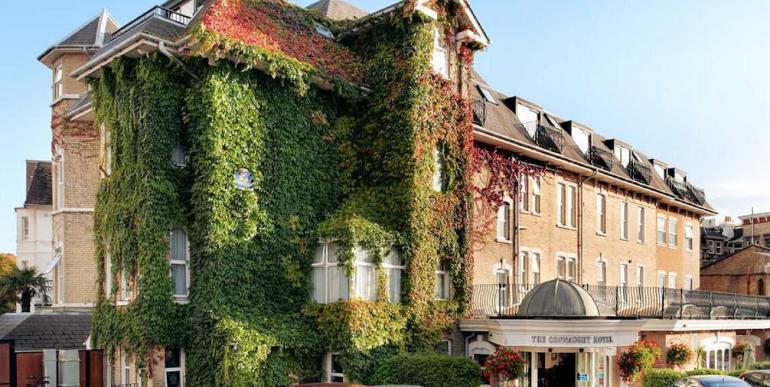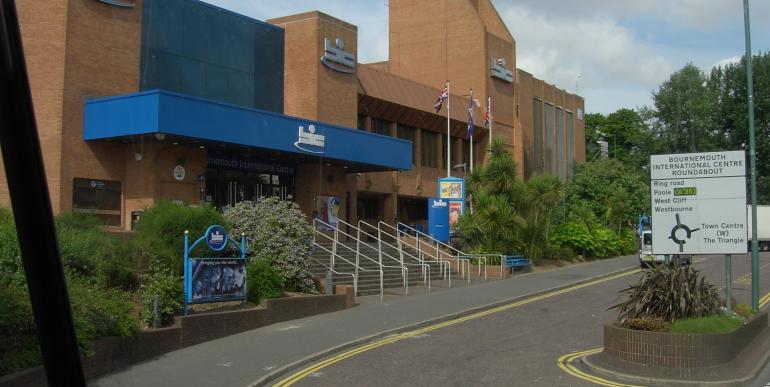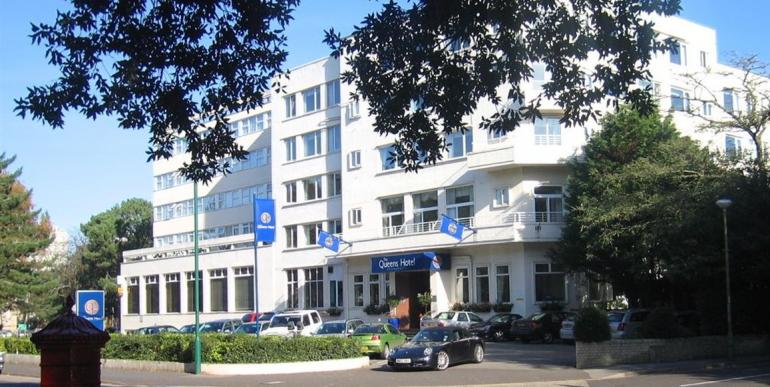The Jurassic Coast, fossils, rolling hills and picturesque villages sum up Dorset for many visitors. It includes the vibrant seaside resorts of Bournemouth, Swanage and Weymouth, the tranquility and splendour of Durdle Door and Lulworth Cove, and a number of unforgettable attractions. It also features two world class conference venues in Bournemouth and Poole and is connected by sea and air with the Channel Islands.
For shopaholics and thrill seekers, the ever-popular seaside resort of Bournemouth is unmissable. Its shopping area and variety of stores is equal to most major cities in the UK. Its Coy Pond, Upper, Central and Lower gardens offer a leafy approach to the promenade and its pier. Next to the pier is the Bournemouth International Centre, undoubtedly one of Dorset's finest conference venues. Other attractions include an IMAX Cinema, Oceanarium and the Russell Cotes Art Gallery. Boscombe, next door to Bournemouth, also has a pier. It was renovated and reopened in 2008.
Close to Bournemouth is Poole, a large coastal town. Attractions include the Poole Museum and The Lighthouse arts centre - a huge multi-purpose venue with various auditoria settings and an art gallery. It emerged as an important port in the 12th century and remains so today. Regular sailings disembark from Poole to the Channel Islands and Cherbourg. There is also ferries to Sandbanks and Brownsea Island, the latter being the birthplace of The Scout Association formed by Robert Baden-Powell in 1907.
Further west is the small coastal town of Swanage, a good starting point for exploring the Jurassic Coast. There is a healthy number of local shops with attractions including the pier, Mowlem Theatre and the Swanage Railway, a preserved line leading to Corfe Castle and Norden. Corfe Castle dates from the 11th century and is built on a steep hill in a gap of the Purbeck Hills.
From man made wonders to natural wonders, Lulworth Cove and Durdle Door are just a short distance away from Corfe Castle and Swanage. Halfway along the Jurassic Coast is Chesil Beach and the Isle of Portland. It is one of a number of shingle structures in the UK, and the natural barrier beach provides shelter from wind and waves for Weymouth residents. The Isle of Portland has seen its limestone quarried for world famous buildings such as Sir Christopher Wren's St. Paul's Cathedral, London.
Weymouth is a popular seaside resort, with charming features including the harbour and Georgian promenade. The town is the banks of the River Wey as well as benefiting from the sheltered Portland Harbour. As well as shopping on both sides of the Wey, it has clean sandy beaches, a historic fort and museum, and numerous seaside attractions. Close by is the small and historic town of Dorchester. There is The Dinosaur Museum and The Keep Military Museum, and a shopping centre which oozes character.
Animals and military history of a different kind can be seen east of Weymouth in Bovington. It is home to both Monkey World and The Tank Museum. The latter attractions has the largest museum room in Dorset and a Nationally Recognised collection of tanks and military vehicles. There is also interactive exhibits and displays involving armoured vehicles. As conference venues go, a real contrast to the wealth of hotels and purpose built exhibition halls close by. Monkey World is a nearby chimpanzee and ape rescue centre.
West of Weymouth is the village of Abbotsbury, and the small market towns of Bridport and Lyme Regis. Abbotsbury is famed for its swannery. It is the world's only managed colony of nesting mute swans. Bridport has a small fishing harbour, the oldest butchers in the UK, and a vibrant arts scene with several annual events. The most westerly Dorset resort of Lyme Regis is a happy hunting ground for fossil collectors. Its cliffs have remains of early Jurassic fossils, with significant discoveries made. The town also has its own fossil festival and a day to celebrate the life of Mary Anning, who discovered a number of prehistoric fossils in the 1800s.
Further inland, much of Dorset's conference venues are hotels with health resorts, or traditional inns like The Coppleridge Inn near Shaftesbury. From the Isle of Portland to North Dorset, you can go from sunbathing to "taking bread t' top o' th' world". How? With the latter pursuit, Shaftesbury was the stereotypical Northern English village in late-1970s advertisements for Hovis bread, directed by Ridley Scott. The small town was also the last resting place of King Canute and has a number of independent shops.
Blandford Forum is often hailed as a fine Georgian town, after much of its buildings were destroyed by fire in 1731. It was an important stopping point en route to London, and the market town has a weekly open market, with a bi-weekly covered market in the Corn Exchange.
The small town of Sherborne is famed for its abbey, castle and public school. Sherborne Castle was built by Sir Walter Raleigh, an Elizabethan mansion on the site of the previous castle. Its abbey is a Grade I Listed Building of Norman origin with some features dating from the Saxon era.
The main roads into Dorset include the A37 from Yeovil, the A35 from Honiton, and the A31 from Ringwood. By rail, the county's most frequent services stop at Bournemouth, Poole and Weymouth. A number of the county's bus routes are operated by More Bus (within Bournemouth and Poole) and First Hampshire and Dorset. The latter company's services include a seasonal route from Weymouth to Exeter along the Jurassic Coast.
With a number of scenic and coastal conference venues, Dorset is a suitable alternative to the major city centres. It has two world class venues in Bournemouth and Poole suitably placed for holding major events with a number of theatres and hotels ideal for smaller events.


